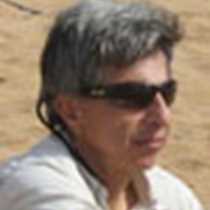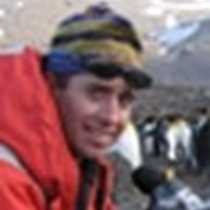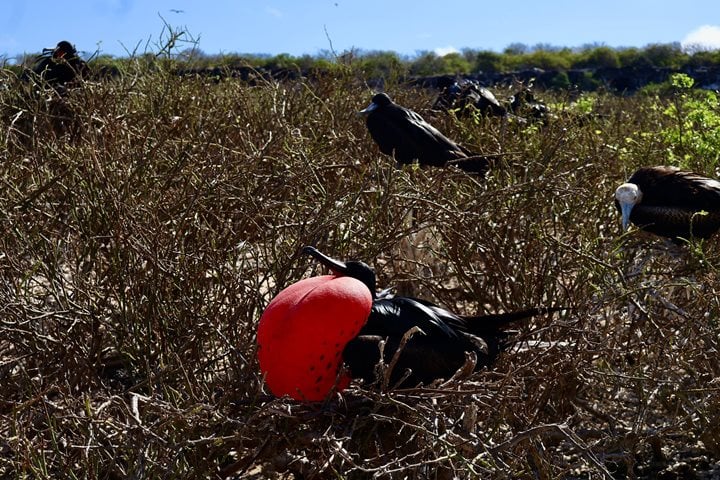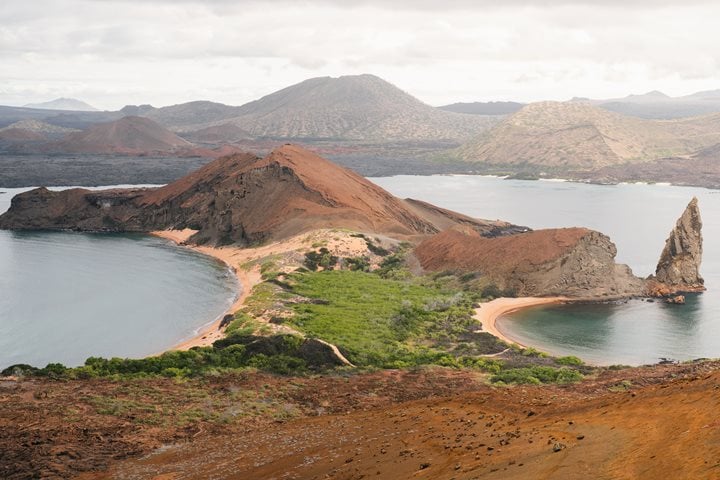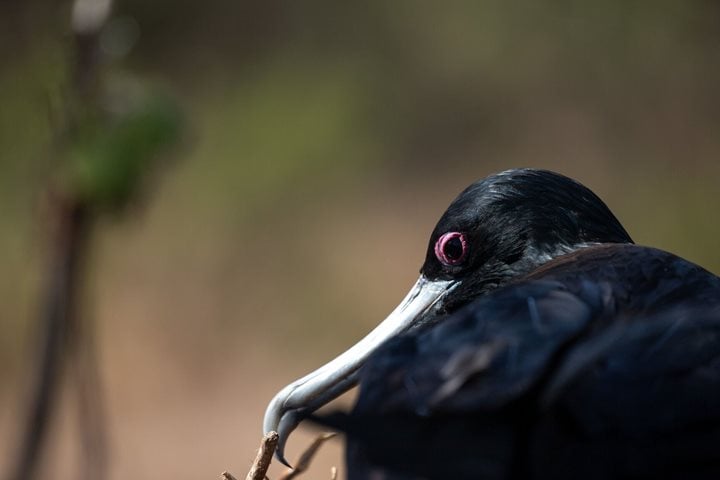The day started with a beautiful sunrise as we landed a Point Cormorant at six in the morning. The beach where we landed had a green sheen on the sand due to the presence of fine pieces of olivine crystals. The light was great for photography, and the groups headed in different directions searching for the best compositions. A group of guests concentrated on a small flock of blue-footed boobies that were plunge diving right in front of the landing site. Another group focused on a yellow crowned night heron that was feeding on a sally lightfoot crab next to the tide pools. Others were taking pictures of a brown pelican that was perched on a cliff. Of course beside the great pictures the guest had the chance to learn from their naturalist about the natural history of all these species. And then it was 8 a.m. and everybody got back on board for breakfast.
After breakfast, by 10 a.m., the National Geographic Endeavour had changed her position on our new stop at Champion Islet. Here we had different options to choose from. A couple of groups did a drift snorkel and another couple of groups went snorkeling on shallower water where the conditions were a lot calmer. At the same time, we had our glass bottom boat with the non-swimmers learning about the Galapagos sea life. Everybody had a great time as they encountered good sized schools of yellow tailed surgeonfish together with some king angelfish, a couple of white-tipped reef sharks, a number of streamer hogfish, and of course a few had the chance to play with sea lions. It was time for lunch so we headed back on board for lunch.
The action began again at 2:30 p.m. with our first group of kayakers, out of two, going out to explore Post Office Bay at Floreana Island. The highlight of this activity was about 15 to 20 green sea turtles that were relaxing on a mangrove lagoon and a healthy colony of Galapagos sea lions that were active in the water as well as on the rocks. By 4:30 p.m. the guests, ready for more exploration, went out again for Zodiac rides and a short hike to check the mail at the post barrel. Here we learned about the human history of Galapagos from the naturalists of the National Geographic Endeavour.



